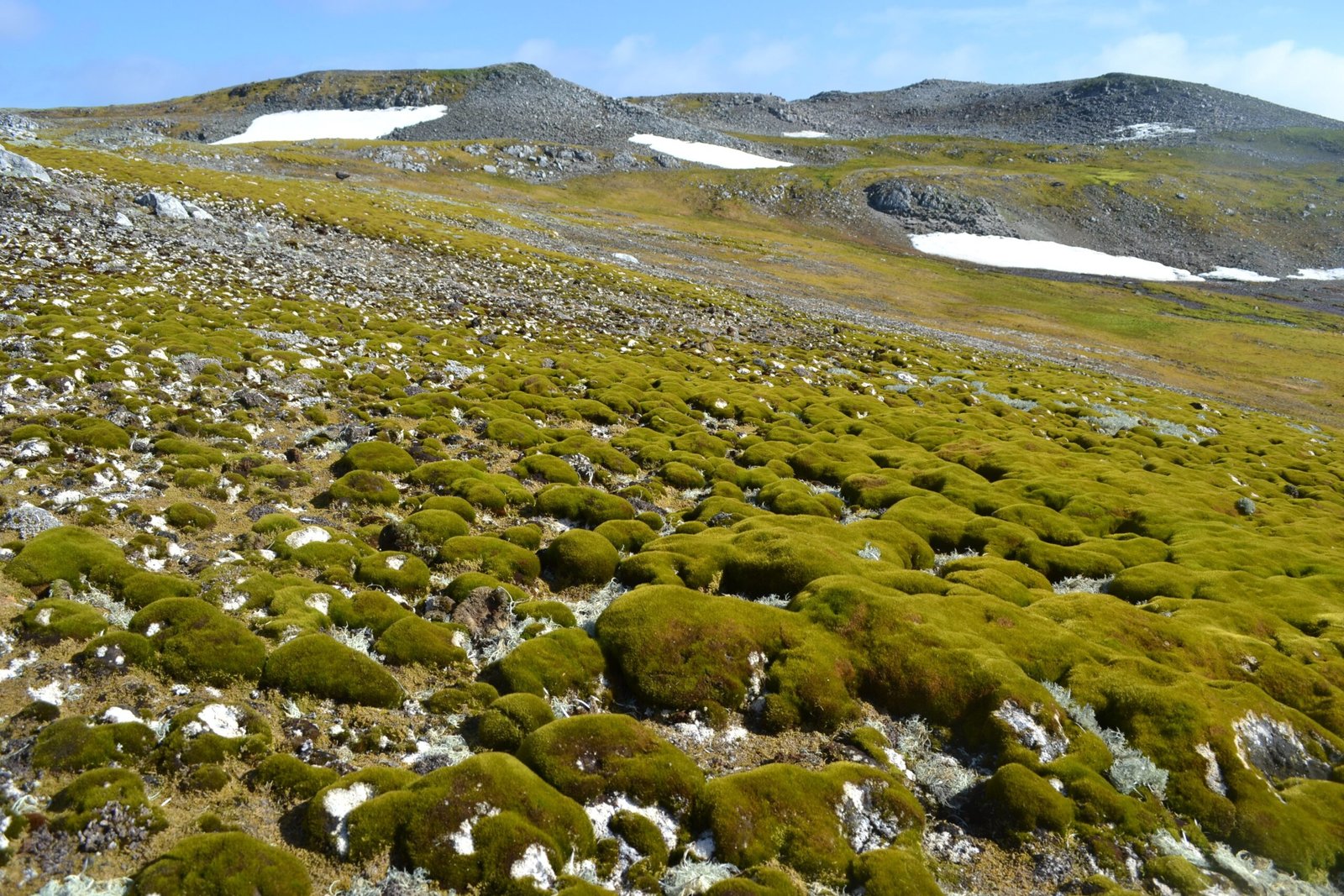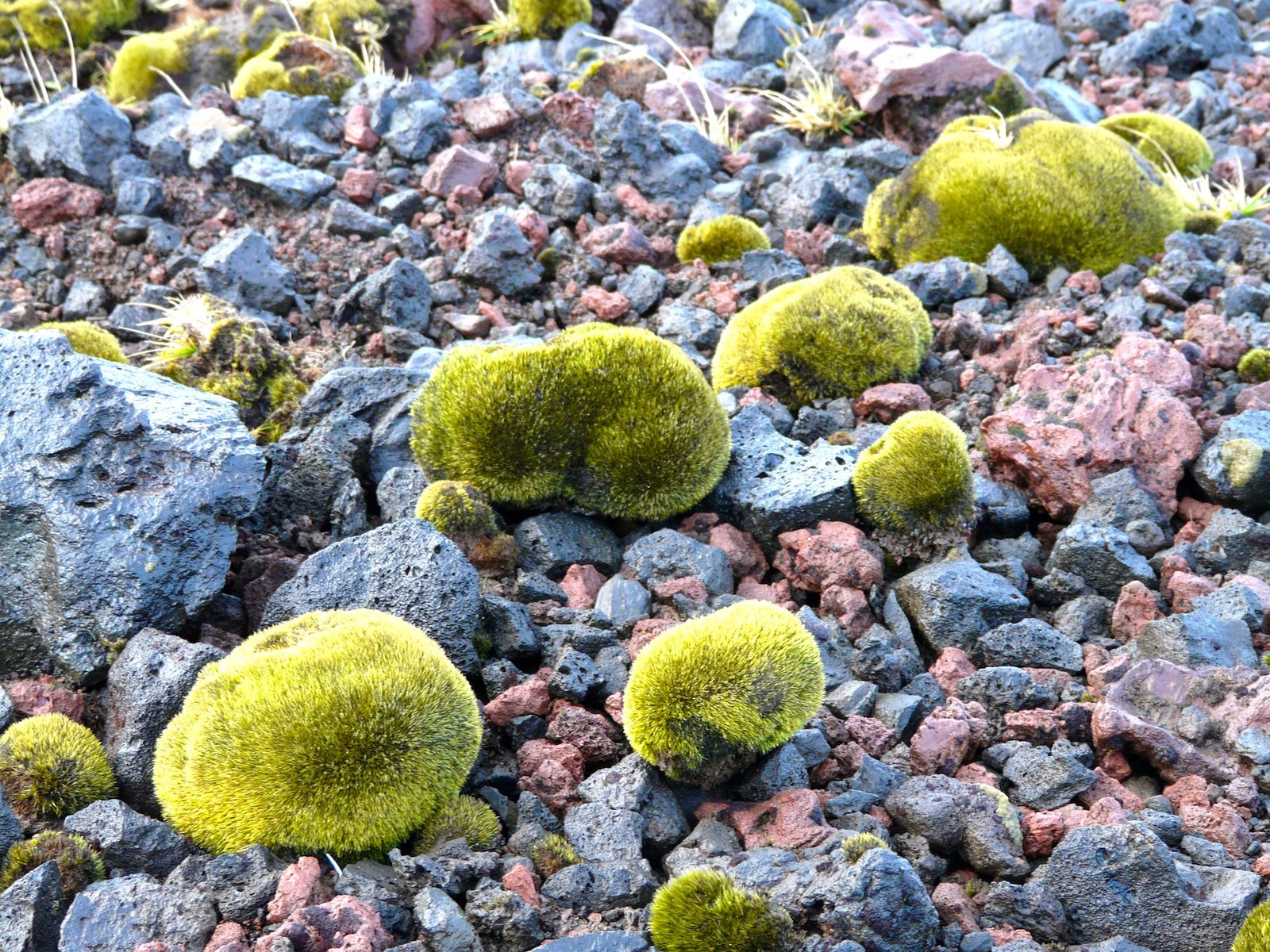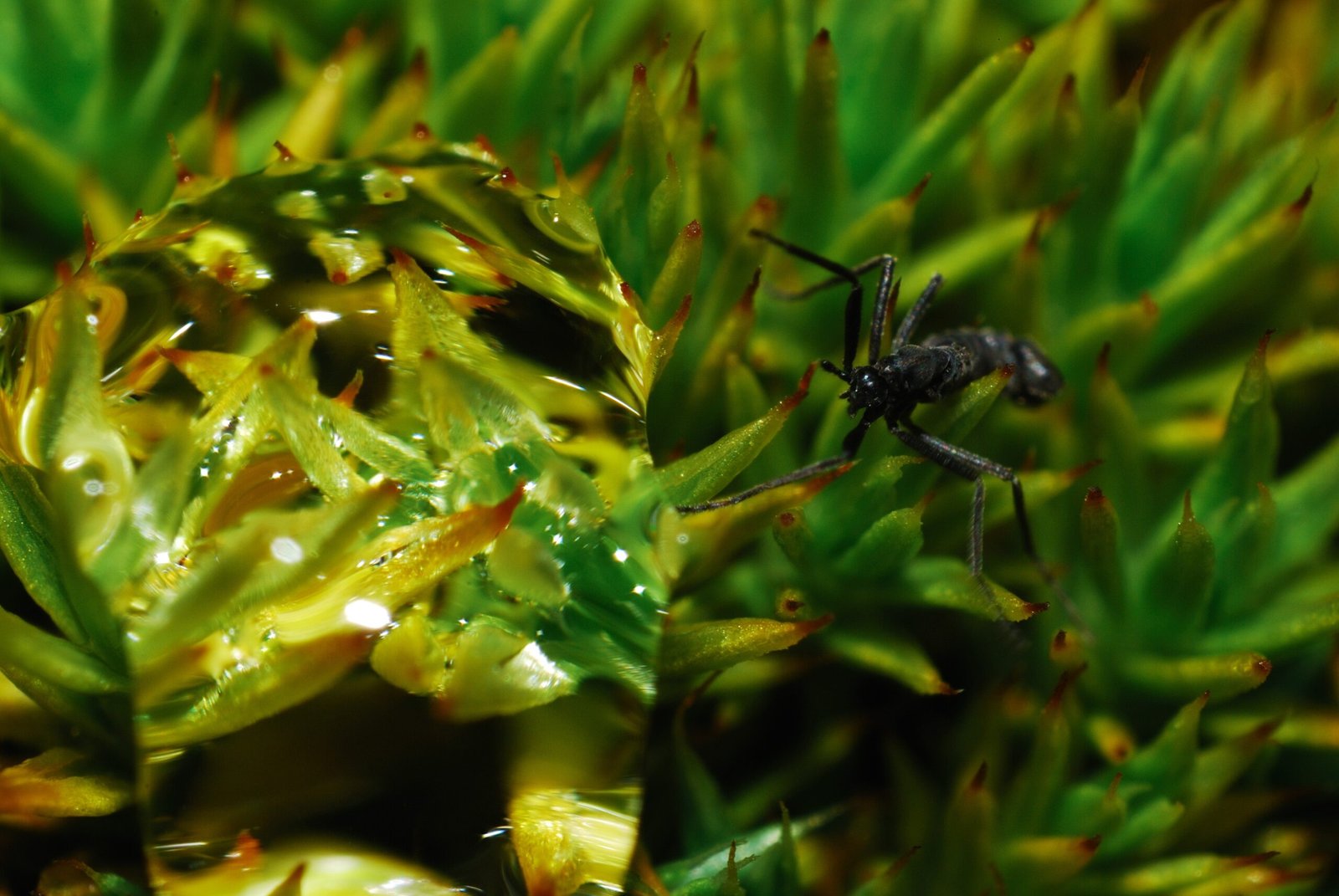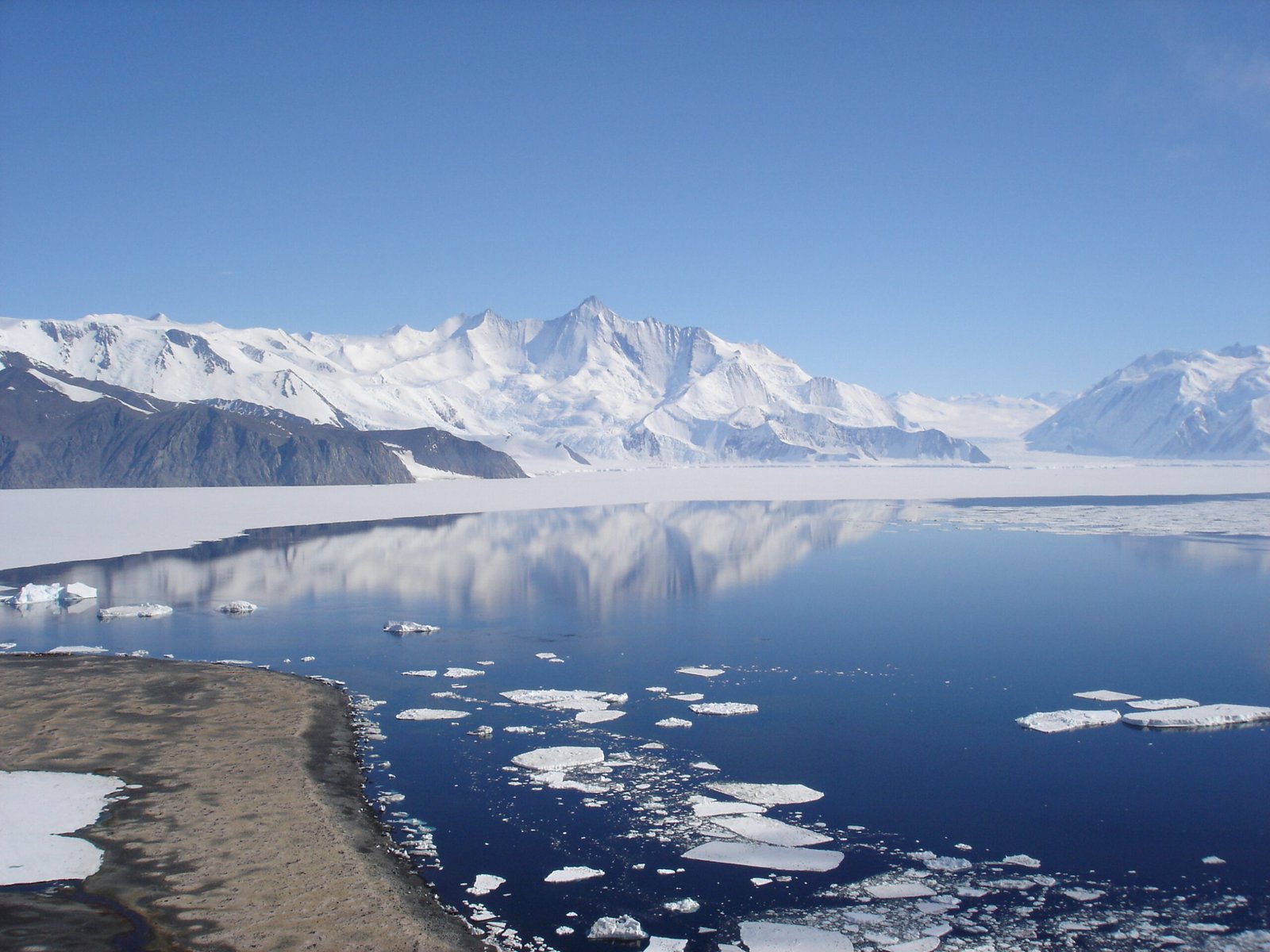The icy expanses of Antarctica are home to some of the most resilient life forms on Earth. Among these tenacious organisms, Antarctic moss stands out as a remarkable survivor. Imagine a plant that can endure the harshest climates, lying dormant under layers of ice for centuries, only to spring back to life when the conditions become favorable. This incredible feat of nature has puzzled and fascinated scientists for decades. Understanding how Antarctic moss can survive being frozen for 1,500 years not only reveals the secrets of its resilience but also offers insights into the potential for life in extreme environments beyond our planet.
The Resilient Nature of Antarctic Moss

Antarctic moss possesses an extraordinary ability to endure freezing conditions that would spell doom for most other plant life. Unlike the lush green mosses found in temperate regions, these mosses have adapted to thrive in one of the coldest places on Earth. Their resilience is partly due to their unique cellular structure, which allows them to withstand freezing and thawing cycles without damage. Much like a well-insulated house, their cells are protected from the brutal external climate, ensuring that essential processes can resume once the ice retreats.
A Natural Antifreeze

One of the key mechanisms that enable Antarctic moss to survive such prolonged freezing is its production of natural antifreeze substances. These compounds, found within the moss’s cells, lower the freezing point of water, preventing ice crystals from forming and damaging the plant’s delicate structures. Imagine pouring antifreeze into a car engine to keep it from freezing in the winter; similarly, these substances protect the moss at a microscopic level. This natural antifreeze is a testament to the incredible adaptability of life in extreme environments.
Desiccation Tolerance: Surviving Without Water

Antarctic moss has also evolved another fascinating survival strategy: desiccation tolerance. This ability allows the moss to survive extreme dehydration, a common occurrence in the freezing Antarctic landscape. When the water within the plant’s cells evaporates or freezes, the moss enters a state of suspended animation. Think of it as pressing the pause button on a movie; the plant’s metabolic processes slow to a near standstill, only to resume once moisture returns. This remarkable adaptation is crucial for its long-term survival.
Reviving After Centuries

Perhaps the most astonishing aspect of Antarctic moss is its ability to revive after being frozen for centuries. Scientists have observed these mosses springing back to life after being buried under ice for up to 1,500 years. This phenomenon is akin to discovering a time capsule of living history. When the ice melts and sunlight reaches the moss, it begins to photosynthesize again, producing energy and growing as if it had never been dormant. This capacity for revival is a testament to the durability of life on our planet.
Lessons from Ancient Moss

The study of Antarctic moss offers us valuable lessons about resilience and adaptation. These mosses have been around for millions of years, enduring countless ice ages and climatic shifts. Their survival strategies can teach us about the potential for life to thrive in extreme conditions, not only on Earth but also on other planets. The ability to endure and revive after extended periods of dormancy suggests that life, once established, can persist through the most challenging circumstances.
Implications for Astrobiology

The survival of Antarctic moss has significant implications for astrobiology, the study of life beyond Earth. If life can endure the extreme conditions of Antarctica, it’s conceivable that similar life forms might exist on icy celestial bodies like Europa or Enceladus. The moss’s ability to survive freezing and desiccation provides a blueprint for understanding how life might persist on other planets. This potential for extraterrestrial life continues to captivate scientists and fuels the search for life beyond our world.
Climate Change and Its Impact on Antarctic Moss

As climate change continues to reshape our planet, the fragile ecosystems of Antarctica are not immune to its effects. Rising temperatures and changing precipitation patterns pose new challenges for Antarctic moss. While these mosses have survived countless natural climatic shifts, human-induced change may present unprecedented threats. Understanding how these mosses adapt to new conditions can provide insights into the resilience of other ecosystems facing climate change.
Conservation Efforts and the Importance of Moss

Antarctic moss plays a crucial role in its ecosystem, serving as a primary producer and providing habitat for various microorganisms and invertebrates. Conservation efforts are essential to protect these unique plants and the delicate balance of life they support. By preserving Antarctic moss, we contribute to the broader effort of maintaining biodiversity in one of the most pristine environments on Earth. Protecting these mosses also helps us safeguard the invaluable scientific knowledge they hold.
A Living Testament to Nature’s Wonders

The story of Antarctic moss is a testament to the wonders of nature and the resilience of life. These unassuming plants have survived the test of time, enduring the harshest conditions our planet has to offer. Their ability to emerge from centuries of dormancy is a reminder of the tenacity of life and the potential for adaptation in even the most extreme environments. As we continue to explore the mysteries of the natural world, Antarctic moss serves as a symbol of hope and a source of inspiration for the scientific community.
The Future of Antarctic Moss Research

The study of Antarctic moss is far from over. Ongoing research aims to uncover even more about the mechanisms that enable these plants to survive in such extreme conditions. Scientists are working to unravel the genetic and biochemical secrets that underpin their resilience. This research not only deepens our understanding of life on Earth but also informs our search for life beyond our planet. As we look to the future, the story of Antarctic moss continues to unfold, offering new discoveries and insights into the remarkable adaptability of life.



